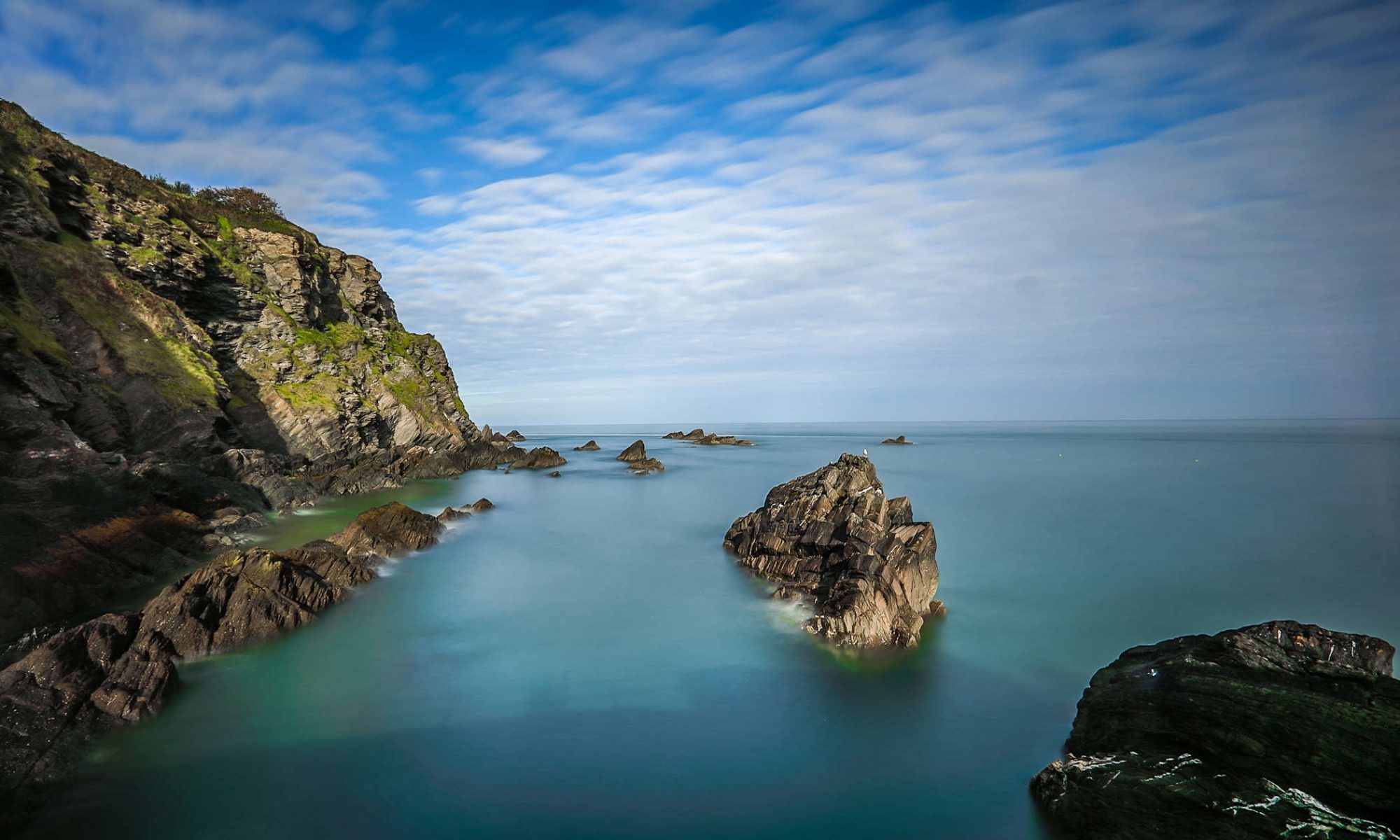Specific niche requirements underpin multidecadal range edge stability, but may introduce barriers for climate change adaptation
Firth LB, Harris D, Blaze JA, Marzloff MP, Boyé A, Miller PI, Curd A, Vasquez M, Nunn JD, O’Connor NE, Power AM, Mieszkowska N, O’Riordan RM, Burrows MT, Bricheno LM, Knights AM, Nunes FLD, Bordeyne F, Bush LE, Byers JE, David C, Davies AJ, Dubois SF, Edwards H, Foggo A, Grant L, Green JAM, Gribben PE, Lima FP, McGrath D, Noël LMLJ, Seabra R, Simkanin C, Hawkins SJ (2021) Specific niche requirements underpin multidecadal range edge stability, but may introduce barriers for climate change adaptation. Diversity and Distributions 27(4): 668-683.
Aim
To investigate some of the environmental variables underpinning the past and present distribution of an ecosystem engineer near its poleward range edge.
Location
>500 locations spanning >7,400 km around Ireland.
Methods
We collated past and present distribution records on a known climate change indicator, the reef‐forming worm Sabellaria alveolata (Linnaeus, 1767) in a biogeographic boundary region over 182 years (1836–2018). This included repeat sampling of 60 locations in the cooler 1950s and again in the warmer 2000s and 2010s. Using species distribution modelling, we identified some of the environmental drivers that likely underpin S. alveolata distribution towards the leading edge of its biogeographical range in Ireland.
Results
Through plotting 981 records of presence and absence, we revealed a discontinuous distribution with discretely bounded sub‐populations, and edges that coincide with the locations of tidal fronts. Repeat surveys of 60 locations across three time periods showed evidence of population increases, declines, local extirpation and recolonization events within the range, but no evidence of extensions beyond the previously identified distribution limits, despite decades of warming. At a regional scale, populations were relatively stable through time, but local populations in the cold Irish Sea appear highly dynamic and vulnerable to local extirpation risk. Contemporary distribution data (2013–2018) computed with modelled environmental data identified specific niche requirements which can explain the many distribution gaps, namely wave height, tidal amplitude, stratification index, then substrate type.
Main conclusions
In the face of climate warming, such specific niche requirements can create environmental barriers that may prevent species from extending beyond their leading edges. These boundaries may limit a species’ capacity to redistribute in response to global environmental change.
[sendpaper paperurl=”2021_Firth.pdf”]
Full Citation
Firth LB, Harris D, Blaze JA, Marzloff MP, Boyé A, Miller PI, Curd A, Vasquez M, Nunn JD, O’Connor NE, Power AM, Mieszkowska N, O’Riordan RM, Burrows MT, Bricheno LM, Knights AM, Nunes FLD, Bordeyne F, Bush LE, Byers JE, David C, Davies AJ, Dubois SF, Edwards H, Foggo A, Grant L, Green JAM, Gribben PE, Lima FP, McGrath D, Noël LMLJ, Seabra R, Simkanin C, Hawkins SJ (2021) Specific niche requirements underpin multidecadal range edge stability, but may introduce barriers for climate change adaptation. Diversity and Distributions 27(4): 668-683.


